Texas Wine Guys Meet-up on the Trail in Washington State
If you’ve been a long time visitor to VintageTexas Blog and followed my Twitter feed up through last year, you’ve undoubtedly witness my banter between virtual-friend and blogger Ben Simons (www.vinotology.com). We started last year comparing our stylish head wear (here’s Ben’s fedora):
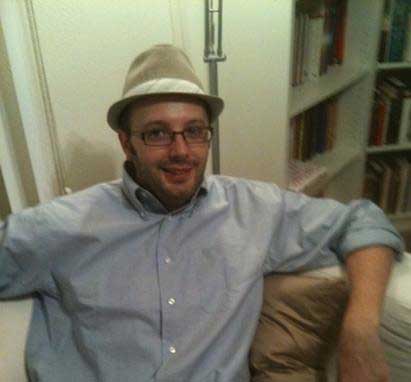
We were especially active about this time last summer when unholy wine-hell broke loose in Lubbock, Texas. This is where in the midst of the bankruptcy auction for Lubbock’s own CapRock Winery, Laurent Gruet (of Gruet Sparkling wine fame) placed an offer to buy CapRock with an amazing offer reported to be in excess of $6 million (see: https://vintagetexas.com/?p=4933).
During the lead-up to the auction, Ben and I worked our contacts to uncover information regarding what was happening. Since Ben lived in Lubbock at that time, he was the man with the Live-at-Five coverage while I worked my contacts around the industry to glean recon on what to expect and their interpretation of the proceedings, particualrly when they took a turn for the worst. During the auction, Ben came live with self-shot videos. Later, when the Gruet deal went sour and needed to be sorted out by local legals and a magistrate, Ben was there in the gallery, soaking up the proceedings and provided a Twitter feed of the events before the established media could react.
Prior to this event, Ben held a Texas Twitter Tasting in May working with Bill Esley at Duchman Family Winery who provided a selection of Duchman wines to a cast of wine bloggers. This started an embroiled online discussion (and some name calling by one blogger) on the virtues (or not) of Texas sweet wines. Can sweet wines be considered serious and good? However, the most important aspect of Ben’s Texas Twitter Tasting was that it featured a new look at Texas wines. There wasn’t a Cabernet, Chardonnay or Pinot to be had that evening. The wines were from the “new” Texas wine country and included wines made from sun-loving grapes like Dolcetto, Vermentino, Viognier and more. What’s more, it proved to me the power of the Internet. I was located at a lodge in Big Bend National Pack with my stash of Duchman wines without a cell phone signal, but was able to log-on via the Internet to the tasting and provide my tasting notes via Twitter for all to hear (and some to protest). Rubio (my dog) said that he really liked the Muscato, see below:
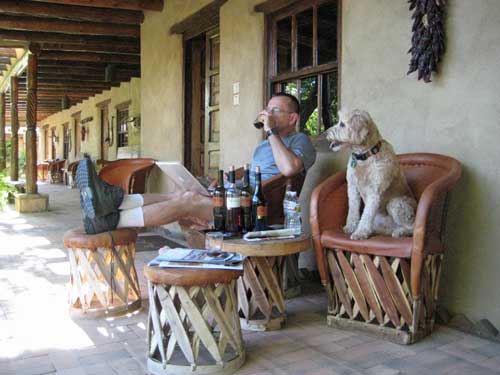
In June last year, Ben Simon attended the 2010 North American Wine Bloggers Conference that was held in Washington State. I was planning to attend, but was too deeply into my book writing project (The Wineslinger Chronicles) to unplug. However, I was able to attend virtually by following the Twitter feed from Ben and fellow Texas wine blogger (@Melanie0). This was after I saw the movie Avatar and I felt like my virtual WBC10 attendance through Ben and Melanie0 (as my avatars) was eerily close to the subject of the movie. When Ben arrived back in Texas, he mentioned that he had a bottle of Washington wine for me. But, little did I know then that we’d be loosing him to the draw of the vineyards (and tasting rooms) of Washington. Later in 2010, Ben moved to Walla Walla in far eastern Washington state and took my bottle of wine along with him.
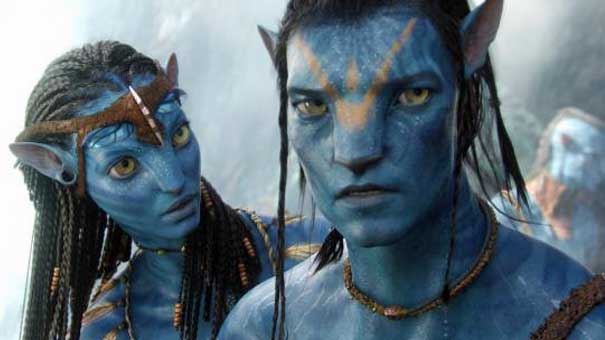
- WBC10 Avatar Tales (or Tails)
Despite all these blogospheric hijinks and developing friendship, Ben and I had never actually met (at least not in the flesh and face-to-face).
So, in May of this year when I had a business trip to Seattle come up, I asked Ben if he had the time to meet-up on the Washington wine trail and sweetened the pot by offering to exchange what I thought was one of the best Texas wines for my long traveled bottle of Washington wine. I proposed that we should meet half way between Seattle and Walla Walla. On the map, this place seemed to be Yakima. After Ben agreed and with my meeting complete, I headed by car to Yakima for a wine trail meet up. When I got to my hotel in Yakima, I told the desk clerk that I was expecting a visit from a friend and to just direct him to my room. She then asked me, if Ben and I knew each other for a long time. I responded by saying that we actually hadn’t met yet and only knew each other over the Internet. I quickly realized that this was likely not the best thing to say as the desk clerk gave me a very skeptical look.
To make a long story short, Ben and I actually did link up, did some Washington wine tasting at a tasting room in Yakima and had good discussion over dinner. The bottle of wine that he gave to me was Milbrandt Vineyards “The Estates” 2006 Syrah – Wahluke Slope. In return, my offering to him was a bottle of Calais Winery 2009 Tempranillo, Newsom Vineyard Texas High Plains AVA.
The Milbrand Syrah was excellent. The aroma took some time to develop but eventually revealed red and dark fruit, smoke and vanilla. The tannic backbone of this wine was still brisk (maybe substantial) after five years from its 2006 vintage. I wish that I had another bottle to open on its ten year anniversary. I hope that Ben enjoys his Calais Winery Texas Tempranillo. It’s an interesting take on Tempranillo made by a Frenchman. It’s a ripe and luscious wine, thick and silky, softer than Spanish-style Tempranillos as a result of French oak at the hand of a Texas French winemaker.
This trip was my first foray into Washington state wine country. I was amazed by the diversity that the state offers. On the western coast, it’s cool and wet. However, once over the central mountains of the Cascade Range, the land gets hot and dry. Ben said it best, “The land around Yakima and eastward reminds me a lot of the area around my old home town of Lubbock. However, it’s like the Texas high plains but with these big bumps called hills sticking out of the ground.” I noticed that the Yakima countryside had another similarity with the Texas’s high plains. Both are intensively agricultural regions: Yakima known for its fruits, vegetables and grapes, and Lubbock known for it row crops such as cotton, corn, soybeans and now grapes, too.
Upon studying further, I found many commonalities between the wine regions of Washtington and Texas and their development. I think that both are still somewhat of a mystery to most wine drinkers. Even though Washington ranks second to California in wine production, and Texas fifth, only a few savvy insiders really know how good the wines from these regions are. Washington is dominated by two large brands – Columbia Crest and Chateau Ste. Michelle, with only a few other wineries exceeding 100,000 cases annually. In Texas, we have one very large wine producer, Ste. Genevieve (including their premium line – Peregrine Hill) with about five or six other Texas wineries ranging annually between 80,000 and 150,000 cases with Llano Estacado Winery in Lubbock being the largest of these. One big difference is the number of acres in production for wine grapes: Washington has around 35,000 acres of vines for wine production and Texas has only about 3500 acres. Washington has over 600 wineries, whereas Texas has over 200. No wonder in Texas, we are at a deficit for home grown grapes and have to make up the difference with those purchased from outside the state to make wines under an American appellation or using a legal loophole in the Federal TTB regs for wines that carry “For Sale in Texas Only” on their labels instead of a designated appellation.
The most noticeable connection between Texas and Washington that I experienced was the hot dry conditions in their major wine producing regions. When I thought about it, the disconnect between eastern and western Washington in terms of rainfall (dry east of the Cascade Range and wet on the westerly Pacific coast) has some relation to what we experience right here in Texas with our hot, humid and rainy Gulf Coast and the high (at or above 3500 ft) dry Texas High Plains between Lubbock and the New Mexico border.
Ben, let me know how you liked the Calais Winery Tempranillo and thanks for taking the time to visit with “an old friend” on the trail in Washington State.
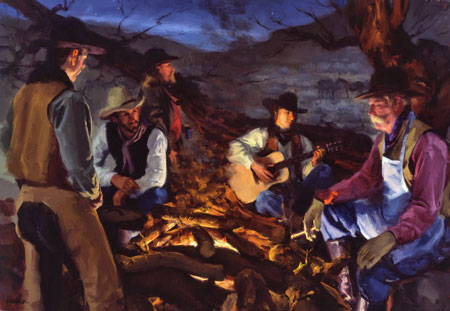
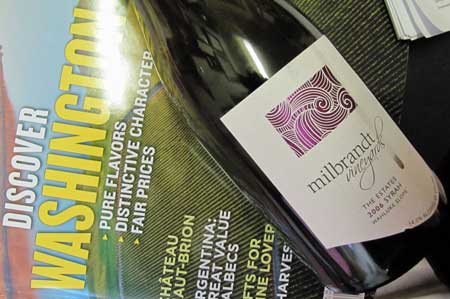
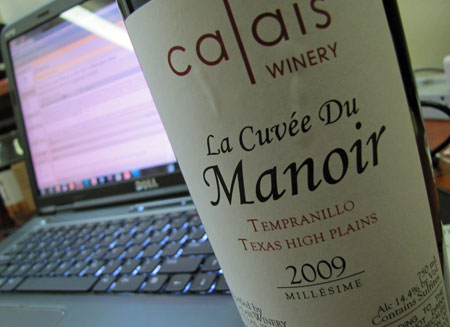
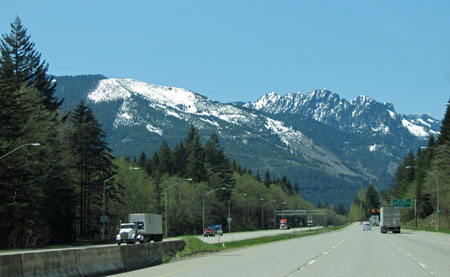
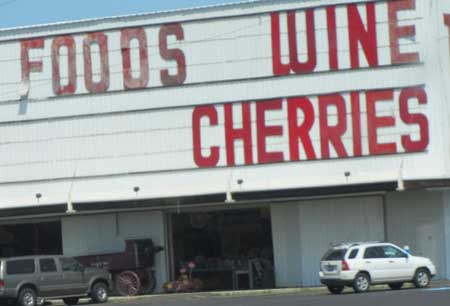
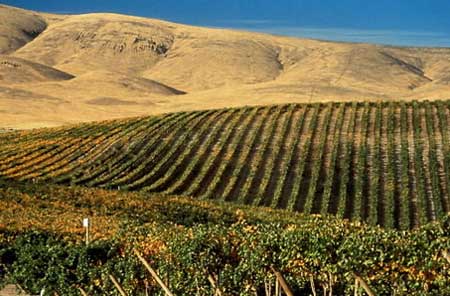

Be the first to comment